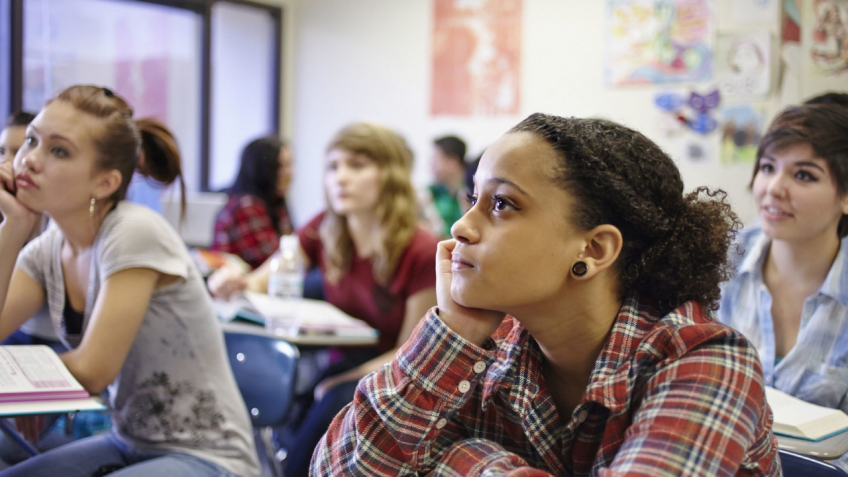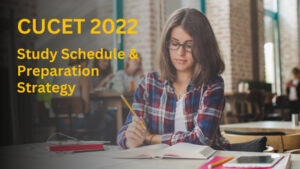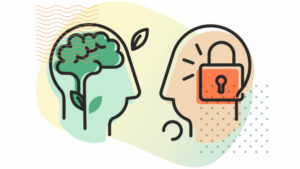Though there is no idea about the kinds of jobs in the 21st century, it is clear that the students will need a set of skills to excel in their careers. The future careers are dependable on the set of skills that the student possesses. These skills can be termed as the 21st-century skills which they need today. Knowing this, the educators should find out how they can help the students get these skills in unique and innovative ways.
When we were in high school, there were no teachers who told us about the future requirements and helped to prepare for them. Ekal Shiksha is a platform that helped my cousins understand the future requirements and helped them in the preparations.
Education has changed a lot in the last decade. The education committee focuses on the teaching methods that would help the kids learn a set of skills that will help them. As the areas of learning and work are changing rapidly, educators should teach the students in various ways that help them be more confident for their future careers. More active planning to find ways to learn and explore the world to find their set of skills is an essential role for both educators and parents.
Ways to Learn the Best for Students:
Teaching students how to learn is the best way to teach students that helps them find their set of skills for future careers. Students today get open-ended assignments rather than the traditional assignments from the educators. These open-ended assignments help the students to find the correct answer by exploring the techniques of the world. My teachers have now adapted to teach the children about future career trends. To prepare them for future careers, students need to develop the persistence to think beyond their limits of the assignments and engage in productive work and with people for deeper thinking of the world.
Educators can design a learning space with their students, including different learning structures, teaching methods, programs, and more. These learning spaces can collide with the proper preparation technique and set of skills of students for their future careers. Ekal Shiksha has adapted to the new trends and helping the children prepare for future career requirements with their one-to-one individual classes. If the educators provide more innovative learning structures and choices to students that help them build independence, it will lead to a better understanding of content and student engagement. With these innovative learning structures, students can see education as a process with a finite learning structure rather than a burden.
Some ways to get a better learning experience with innovative learning structures:
1. Project-Based Learning
With the help of Project-Based Learning, students will develop skills that would help them work independently and collaboratively and come up with questions that have not been answered or new questions that they can solve. Problem-Based Learnings help students get innovative, promotes critical thinking and problem-solving skills, and enhance their learning experience and potential. It also helps them to design their learning structures. As the students need more real-life experiences, Project-Based Learning can help them get more into the community and brainstorm to find different effective ways to spread a positive impact in society.
When students are allowed to find answers to their curiosity by educators, they are prepared better for the future uncertainties and develop a new set of skills for the future. Ekal Shiksha educators give the students real-life exposure to their project-based assignments. These project-based assignments are meant to develop the curiosity of students to find the answers.
2. Place-Based Learning
Place-Based learning refers to anywhere and anytime learning. With Place-Based Learning, students are not bound to the four walls of the classroom or study room to understand the content. With Place-Based Learning, students are not focused on understanding things by just looking at a fixed geographical area, the culture of a place, or fixed content; instead, they are aimed to learn the content knowledge, which develops empathy and social as well emotional learning skills. Educators need to collaborate with the local bodies, businesses, experts, and community centers to help the students get real-life experience by applying their learning to real-life situations. Kids like me will love to choose placed-based learning to explore more places and opportunities.
This place-based learning helps students broaden their knowledge by understanding different perspectives of the situation and its solutions. The hands-on training helps the students to get authentic, real-life experiences with a deeper level of understanding. They try to find the solutions for the problems and look for more challenges.




